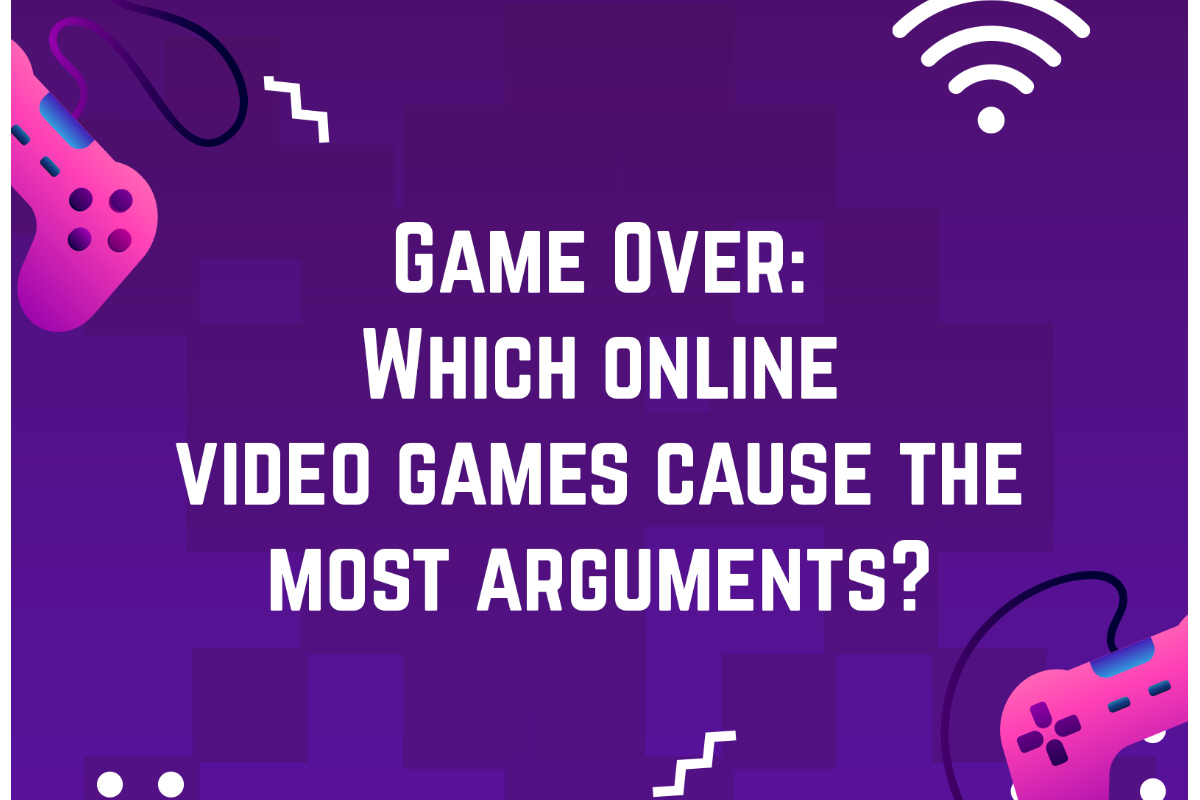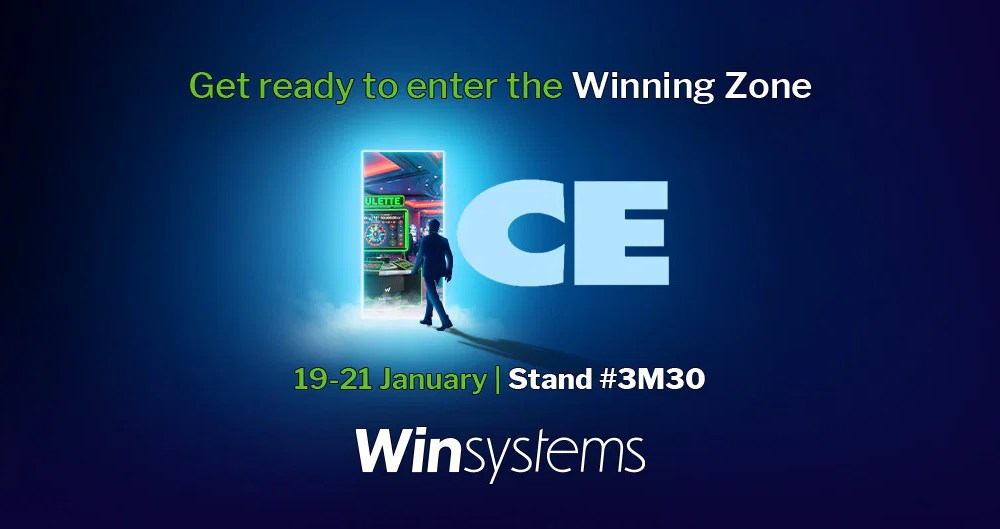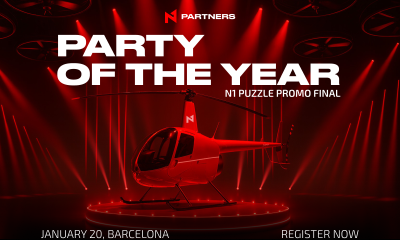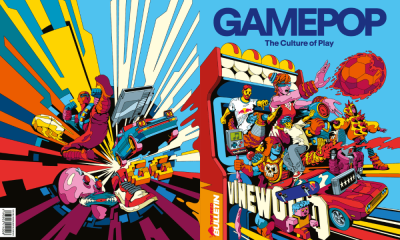Latest News
REVEALED: These are the Online Games that Cause the Most Arguments 🎮💔

- 1 in 50 couples row over gaming every day
- Call of Duty is the online game most likely to cause a rift between couples
- 1/4 Women have (unsuccessfully) tried to ban gaming in the house, compared to 1/5 Men
- 25% of men have thought about breaking up with their partner because of online gaming-related arguments, compared to 17% of women
With Valentines day almost a week away, new data from CardsChat.com reveals which online games cause the most arguments in a relationship. CardsChat surveyed 1,000 UK adults whose partner plays online games, to find out how gaming affects relationships. CardsChat also spoke to three relationship experts to explain the findings.
1 in 50 couples row over games every day
Out of the 1,000 surveyed, 1 in 50 couples said they argued over gaming every day! 1 in 25 of the respondents said they squabbled a little less, ‘just’ 250 to 300 times per year, while 3 in 25 ‘fessed up to having gaming-related rows 150 to 200 times a year.
| Arguments per year | No. of couples |
| 50-100 | 1 in 4 |
| 150-200 | 3 in 25 |
| 250-300 | 1 in 25 |
| Every day! | 1 in 50 |
According to the survey data, Call of Duty is the online game most likely to cause a rift between couples with 38% of couples admitting to have argued about time spent on the game.
Fifa is a close second, with 34% of couples confessing to argue over the football game.
According to Iain Macintosh’s book, ‘Football Manager Stole My Life’, the titular game was cited as a factor in a whopping 35 divorce cases back in 2012. However, despite these stats, we found that the addictive micromanagement game came fourth with 15%.
| Game | Argument about time spent on the game |
| Call of Duty | 38% |
| Fifa | 34% |
| Fortnite | 21% |
| Football Manager | 15% |
What the expert says:
So what’s behind these rows? Chris Pleines, a dating expert from Datingscout says forgetting important dates and a lack of quality time can contribute: “Being preoccupied with gaming will most likely let you forget what day it is, especially if you pull an all-nighter. Instead of preparing something special for your partner, you are busy levelling up on your game.”
Let’s hope that these gamers don’t forget about Valentine’s Day!
Who Is Trying — and Failing — To Ban Gaming?
1/4 Women Vs 1/5 Men
We dug deep into our research to find out who is trying to ban gaming in these households. The girls just edge it slightly, with one quarter of female respondents admitting to unsuccessfully trying to ban gaming in their house. While around one fifth of men said they had also tried unsuccessfully to put a stop to gaming in the home.
What the expert says:
We spoke to Susan Trombetti, leading matchmaker, relationship expert, and CEO of Exclusive Matchmaking, to delve even deeper into the impact of gaming on relationships. She told us: “Gaming is a way to be connected without really connecting with people thus sometimes increasing your social isolation. This can cause issues for relationships.”
Her advice? “Some things you can try are limiting time spent on the game instead of banning them altogether. Opposed to making your household a gaming free household, if your partner enjoys it, consider limiting the time gaming, similar to how you may set boundaries like no phones while eating dinner together. Small compromises may work for you and your partner.”
Gaming Causing Break-Ups
25% Men Vs 17% Women
Have thought about breaking up with their partner over gaming
Our data reveals that 25% of men have thought about breaking up with their partner because of online gaming-related arguments. Compared to 17% of women surveyed admitting they’ve considered calling time on a relationship for the same reason.
What the expert says:
Dainis Graveris, a certified sex educator and relationship expert at SexualAlpha suggests that: “When people play online games, they become a part of something that involves responsibilities, loyalties, and interactions. These interactions, however, don’t spill through with their relationships offline.
And why does this seem to bother more men than women? Dainis says:” it boils down to the male gamer’s motivations for playing online games that’s why you can find that most of them get into serious fights with their partners and have thought about breaking up with them.
For instance, some male gamers feel that playing online games helps alleviate stress, serves as an outlet for negative energy, and/or helps them regain a sense of control. When their female partners don’t understand their motivations, they take offense and get into serious arguments”.
Peace of the action
Considering how many relationships are on the ropes due to online gaming, we started thinking about how couples can avoid the agro.
The simple solution? Get gaming included in your vows
‘Do you [insert name] promise to play only an hour of gaming a day?’
‘I promise never to ban gaming in the house’
‘I vow to always put you first, even when I’m playing Fortnite’
‘I promise never to keep score, even when I’m beating you at FIFA’
‘I vow to never let the PS5 come between us’
‘I [insert name], take thee, [insert name]….forsaking all others…’til COD do us part’
‘What’s mine is yours and what’s yours is mine…except the Xbox’
Powered by WPeMatico
AI Casino Recommender
Meridianbet Doubles Down on Belgium: New Casino License Unlocks €455m Market Segment

Editor’s Take
Why this matters: This is a classic “Cross-Sell” play. Meridianbet has already spent seven years building a sports betting database in Belgium. By securing this B+ license, they can now monetize those same users with higher-margin casino products (slots, table games) without needing to acquire new traffic from scratch. With the Belgian casino sector growing at 20% year-over-year, this is a significant revenue unlock for the GMGI portfolio.
The Full Story
Meridianbet, the sports betting and gaming operator owned by Golden Matrix Group Inc. (NASDAQ: GMGI), has successfully expanded its regulatory footprint in Europe by securing a B+ online gaming license in Belgium.
The new license (B+ 4016) authorizes the company to launch a comprehensive online casino platform—featuring slots, table games, and automated live games—starting in January 2026. This move significantly broadens the operator’s capabilities in the country, complementing its existing sports betting operations which have been active in the Belgian market for seven years.
Targeting the Largest Market Segment The strategic rationale behind the license is clear: Casino is now the dominant force in Belgian gambling. According to the Belgian Gaming Commission, the online casino vertical generated €455 million in Gross Gaming Revenue (GGR) in 2023, representing a 20.2% year-over-year increase.
By entering this vertical, Meridianbet gains access to the largest and fastest-growing segment of a market that generated a total of €944.6 million last year.
Tech-First Entry Meridianbet plans to deploy its proprietary AI Casino Recommender technology for the Belgian launch. This system analyzes player behavior and preferences in real-time to deliver personalized game suggestions, a crucial differentiator in a highly concentrated market where just ten operators account for 94% of all online wagers.
Regulatory Context Belgium is known for having one of Europe’s strictest regulatory frameworks, characterized by rigorous compliance standards and player protection protocols. Securing this license validates Meridianbet’s operational standards and deepens its foothold in a “mature” market that is notoriously difficult for new entrants to penetrate.
The post Meridianbet Doubles Down on Belgium: New Casino License Unlocks €455m Market Segment appeared first on Gaming and Gambling Industry Newsroom.
B2B Marketing
LinkDataMedia Drops ‘Startup’ Look with Major 5th Anniversary Rebrand

Editor’s Take
Why this matters: In the iGaming affiliate space, the five-year mark is a critical survival threshold. Many media startups fade away before reaching it. LinkDataMedia’s decision to rebrand now is a classic “graduation” signal. By shedding their startup skin for a more corporate, “blue-chip” aesthetic (the stability-focused blue triangle), they are telling operators and partners that they are no longer just an affiliate project, but a stable infrastructure partner ready for larger commercial deals.
The Full Story
LinkDataMedia, the parent company behind the popular affiliate portal Gamblers Connect, has announced a comprehensive corporate rebrand to coincide with its fifth anniversary.
The overhaul includes a completely refreshed brand identity, a redesigned logo, and a fully revamped website, all of which are now live. The move is described by the company not as a mere cosmetic update, but as a strategic pivot designed to distance the business from its “startup roots” and reflect its current status as an established player in the competitive iGaming media landscape.
Visualizing Maturity The new visual language features a modernized blue triangular logo, a shape chosen to represent “stability and forward momentum.” The digital user experience has also been streamlined, offering partners a cleaner interface that aligns better with the company’s matured operational capabilities.
Management Commentary Gjorgje Ristikj, Founder and CEO of LinkDataMedia, commented on the significance of hitting the half-decade milestone in such a volatile industry:
“Surviving the first five years in business takes more than luck. It takes belief, resilience, and the right people around you. This milestone, and the rebrand, reflect exactly that.”
Implementation The new branding has already been deployed across the main corporate website and is currently being rolled out across LinkDataMedia’s social media channels and internal communication platforms. As the company enters its sixth year, the refreshed identity aims to set the stage for a new phase of expansion and innovation.
The post LinkDataMedia Drops ‘Startup’ Look with Major 5th Anniversary Rebrand appeared first on Gaming and Gambling Industry Newsroom.
B2B Gaming Event
Win Systems to Debut New ‘Gold Club Colors’ and WIGOS Upgrades at ICE Barcelona

Editor’s Take
Why this matters: As ICE makes its historic move to Barcelona, established tech providers like Win Systems are under pressure to bring their “A-game” to the larger venue. The focus here isn’t just on cabinets; it’s the ecosystem. By highlighting WIGOS (their CMS) alongside WIN PAY, Win Systems is positioning itself as an infrastructure partner, not just a hardware supplier. The debut of the Gold Club Colors roulette specifically targets the growing demand for visually customizable electronic table games (ETGs).
The Full Story
Win Systems, the global provider of technology for the gaming and entertainment industry, has confirmed its product roadmap for ICE Barcelona 2026, the sector’s most significant international event taking place from January 19 to 21.
Exhibiting at Stand 3M30 at the Fira Barcelona Gran Via, the company will leverage the new venue to showcase a broad portfolio designed to cover the entire casino floor—from management systems to the gaming floor itself.
Systems and Fintech At the core of the showcase is WIGOS, the company’s flagship Casino Management System (CMS). WIGOS is widely recognized for connecting thousands of machines across multiple countries, and the Barcelona display will focus on advanced tools that streamline daily operations and optimize player retention.
Complementing the CMS, Win Systems will present WIN PAY, its secure transaction platform. As cashless and seamless payment solutions become standard requirements for operators, WIN PAY offers the necessary efficiency and security controls for modern gaming environments.
Hardware: Roulette and Slots On the hardware side, Win Systems is refreshing its electronic table game offering with the new Gold Club Colors electronic roulette. The Gold Club line has long been a staple in the company’s portfolio, known for its compact footprint and reliability; the “Colors” iteration promises to maximize visual impact on the floor.
Alongside the roulette, the company will display its latest slot hardware, including the Sublime and Rhapsody cabinets. These units are designed to house the company’s extensive game library, which has been adapted to suit diverse market profiles from Europe to Latin America.
Strategic Goals Win Systems aims to use the three-day event to reinforce its 30-year legacy in the industry. The company described its participation as a commitment to “continuous innovation,” inviting operators and regulators to explore how their integrated solutions can improve in-room performance.
The post Win Systems to Debut New ‘Gold Club Colors’ and WIGOS Upgrades at ICE Barcelona appeared first on Gaming and Gambling Industry Newsroom.
-

 Latest News4 days ago
Latest News4 days agoVegangster Gives Operators Real-Time Jackpot Control and a New Revenue Stream with Sharedluck’s JackpotX
-

 Latest News4 days ago
Latest News4 days agoRegistration Open: N1 Puzzle Promo Show & Winner Announcement in Barcelona
-

 Latest News5 days ago
Latest News5 days agoTop 5 Newest High-RTP Slots at Social Casinos This Month
-

 David Reynolds Director of Games Strategy & Partner Management at Games Global7 days ago
David Reynolds Director of Games Strategy & Partner Management at Games Global7 days agoGames Global and Slingshot Studios expand Cashingo™ series with Eruption Blaze Cashingo™
-

 Compliance Updates6 days ago
Compliance Updates6 days agoFinland’s Gambling Reform Is Official – What Happens Next?
-

 Central Europe5 days ago
Central Europe5 days agoScatterKings adds sugar-coated spin to Austria with bespoke win2day partnership
-

 Gamepop6 days ago
Gamepop6 days agoGAMEPOP: The Culture of Play by Red Bull Media House – the first bookazine devoted entirely to video game culture
-

 affiliate marketing3 days ago
affiliate marketing3 days agoSOFTSWISS 2025: 45% Game Portfolio Growth, LatAm Extensive Expansion and Flagship iGaming Trends Report



















